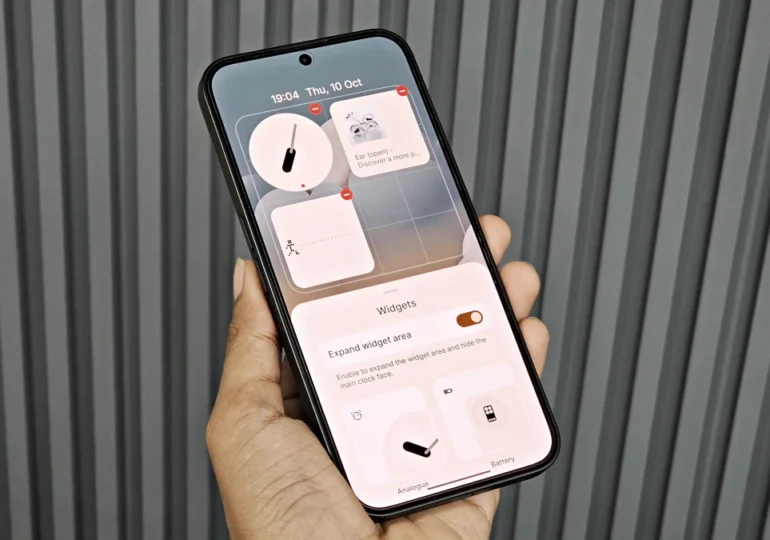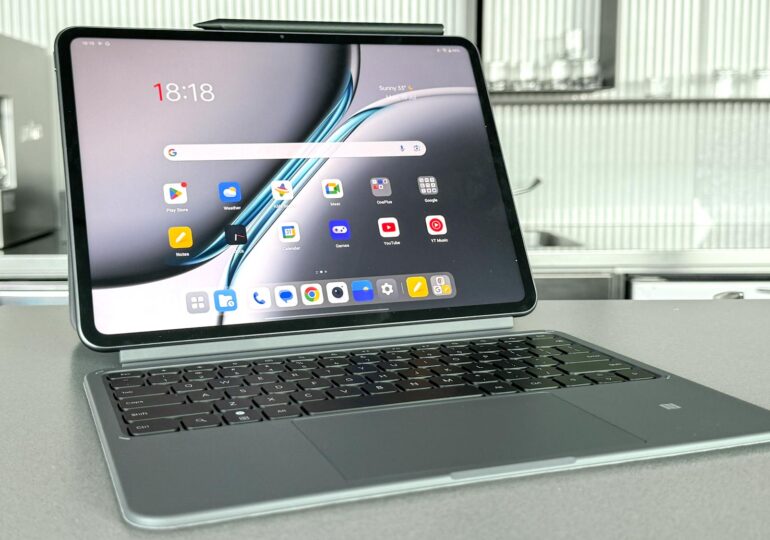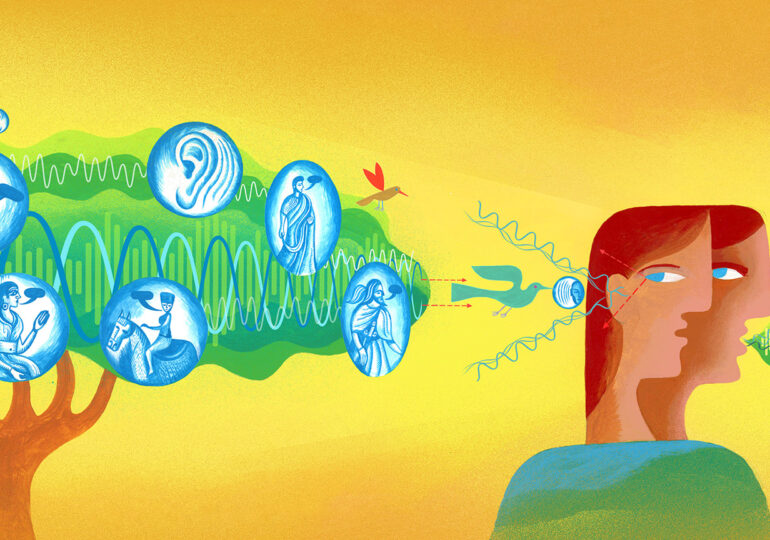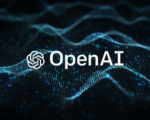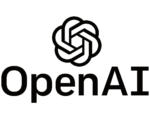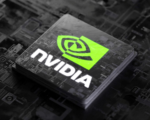Exploring Elon Musk’s Grok Chatbot: Functionality and Operation
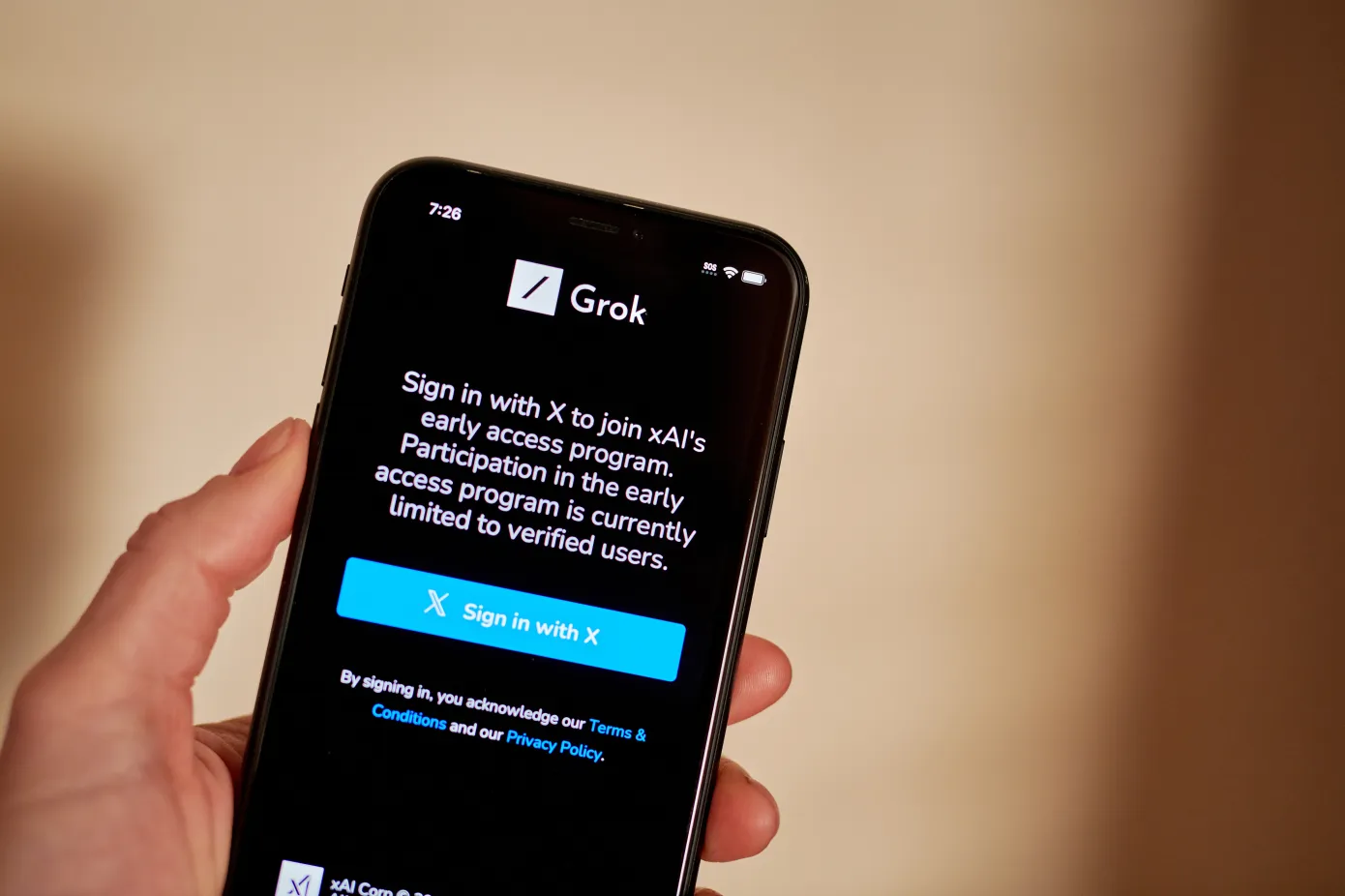
Grok is X’s response to OpenAI’s ChatGPT, designed to be a chatbot with a touch of wit and a rebellious streak. Unlike other chatbots, Grok is willing to engage in discussions on polarizing topics, including political theories and conspiracies, and may use less-than-polite language in its responses.
One of Grok’s main selling points is its access to real-time X data, which sets it apart from other chatbots. By leveraging this data, Grok can provide more up-to-date responses to questions about current events and topics in AI. For example, while ChatGPT may offer generic answers based on its training data, Grok can incorporate recent headlines and information.
Elon Musk, the owner of X, has pledged to open source Grok, although the specifics of what this entails have not been revealed. This move could potentially make Grok accessible to a wider audience and allow for further development and customization.
As for how Grok works and how to access it, more details may become available as X continues to evolve the platform. Users interested in engaging with Grok may need to stay updated on announcements from X regarding its availability and features.

How does Grok work?
Grok, developed by xAI, Elon Musk’s AI startup, is powered by a generative AI model called Grok-1. This model was developed over several months using a large cluster of GPUs, reportedly numbering in the tens of thousands. To train Grok-1, xAI utilized data sourced from the web, with information dated up to Q3 2023, as well as feedback from human assistants referred to as “AI tutors.”
According to xAI, Grok-1 performs comparably to Meta’s open-source Llama 2 chatbot model on popular benchmarks and even surpasses OpenAI’s GPT-3.5. This suggests that Grok-1 is capable of generating responses that are competitive with other leading AI chatbots currently available.


